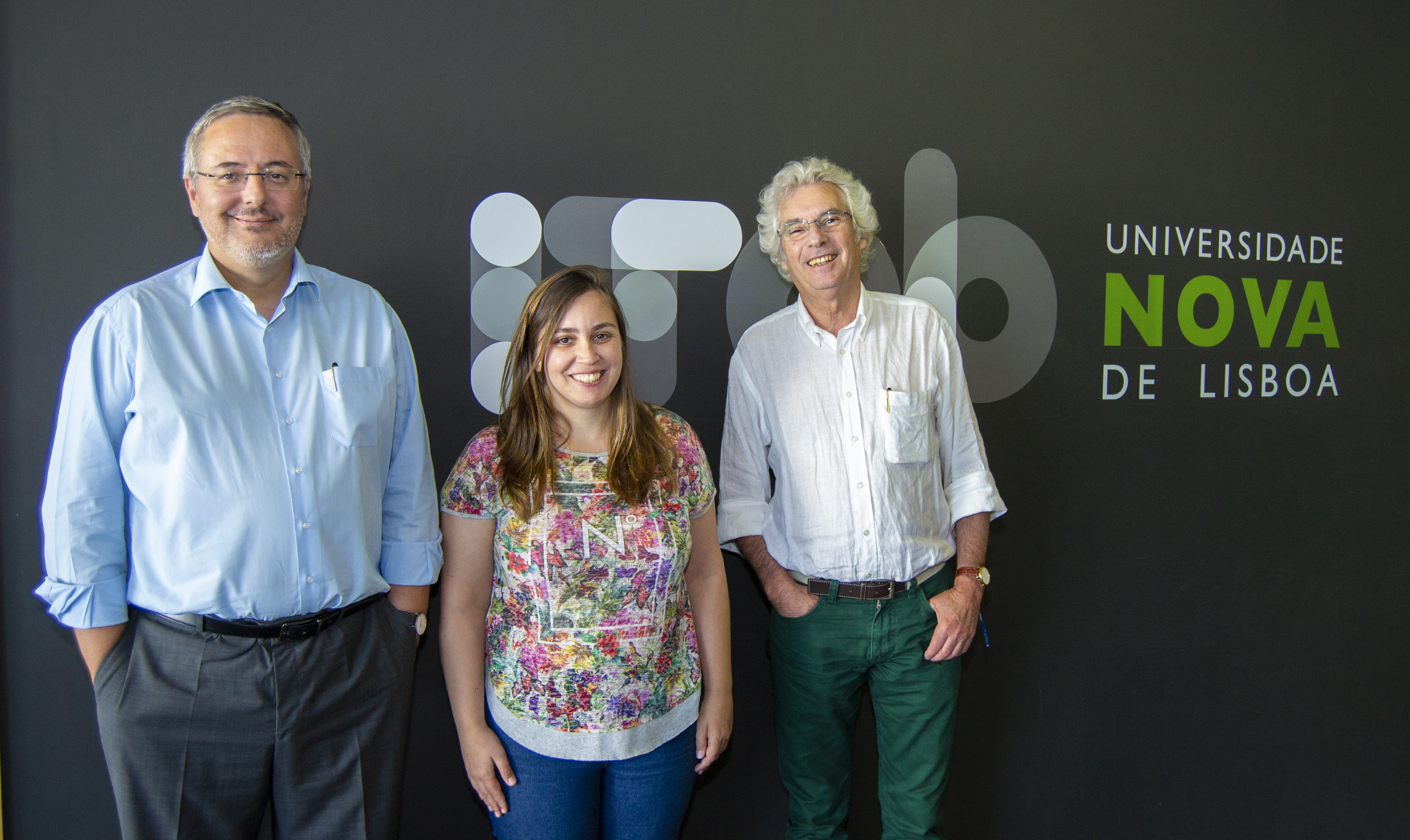Taking drugs where they are needed
Oeiras, 28.09.2018
Carbon monoxide (CO) is traditionally regarded as a toxic agent, since it binds haemoglobin and prevents this protein from transporting oxygen. However, at low concentrations CO can actually be used as a therapeutic agent in a broad range of diseases from vascular and inflammatory diseases, transplantation and a range of other indications. CO releasing molecules, known as CORMs, are emerging as very promising prodrugs, which can deliver and release carbon monoxide to specific tissues, where it can act as a therapeutic agent. The design of CORMs must consider their interaction with plasma proteins, which will transport these prodrugs to the target cells.
Now researchers from Cláudio M. Soares Lab and Carlos Romão Lab from ITQB NOVA, in collaboration with Nuno Santos Lab at iMM and in partnership with the startup company Alfama/Proterris, analysed for the first time the non-covalent interaction of a CORM prototype with the most abundant plasma protein serum albumin. This research combined a wide range of techniques, from organic synthesis, to molecular simulation and spectroscopic methods to provide a clear and detailed characterization of this interaction. The results were published in PLoS One and are expected to guide the design of new CORM molecules that can be efficiently transported by plasma proteins.
"We have put together a multidisciplinary team of people from chemistry, biophysics and molecular simulation to study the interaction of CO releasing molecules with plasma proteins", said Carlos Romão, corresponding author, group leader of Organometallic Chemistry Lab. "Therapeutical agents must be studied from all angles and at our institute, and with our partners, we were able to make different scientists dialogue and jointly lay the grounds of a very interesting tool. This study is also an example of how the interaction between companies and academia can push science and innovation forward", added Cláudio M. Soares, joint corresponding author, group leader of the Protein Modeling Lab.

Original paper
PLoS ONE 13(9): e0204624. https://doi.org/10.1371/journal.pone.0204624
Study of the interactions of bovine serum albumin with a molybdenum(II) carbonyl complex by spectroscopic and molecular simulation methods
Hélia F. Jeremias, Diana Lousa, Axel Hollmann, Ana C. Coelho, Carla S. Baltazar, João D. Seixas, Ana R. Marques, Nuno C. Santos, Carlos C. Romão* and Cláudio M. Soares*







